7 Wonders of the Ancient World
Okay, before you click off the article because it has to do with history, do me a solid and give it a chance. When I first heard about the 7 ancient wonders of the world, I was just as uninterested as you are at this point, but when I saw the pictures, I was enthralled to write about them. I hope that after reading this list of short descriptions of the seven wonders of the ancient world, you will be encouraged to learn more about each fascinating structure and its purpose/history.
The Seven Wonders of the Ancient World are perhaps the most famous list of wonders in human history. These seven incredible structures were selected by the ancient Greeks and were all located within the Mediterranean basin. Although only one of these wonders remains standing today, their legacy continues to inspire wonder and awe in people around the world. In this article, we will explore each of the Seven Wonders of the Ancient World in detail.
The Great Pyramid of Giza
The Great Pyramid of Giza is the only surviving wonder of the ancient world. This incredible structure was built over 4,500 years ago and is the largest of the three pyramids that stand on the Giza plateau. It is believed to have been constructed as a tomb for the Pharaoh Khufu and was originally 146 meters tall. Although the pyramid has weathered many centuries, it remains an awe-inspiring sight and a testament to the ingenuity and skill of the ancient Egyptians.
The Hanging Gardens of Babylon
The Hanging Gardens of Babylon were said to have been built by the Babylonian king Nebuchadnezzar II for his queen. According to legend, the gardens were a lush and beautiful oasis, with exotic plants and trees growing on terraces that were supported by columns. Although there is no archaeological evidence that the Hanging Gardens ever existed, their beauty and splendor continue to captivate people to this day.
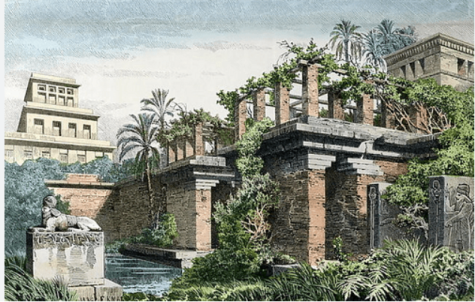
The Temple of Artemis at Ephesus
The Temple of Artemis at Ephesus was a grand temple dedicated to the Greek goddess of the hunt, Artemis. It was built in the ancient city of Ephesus, which is now part of modern-day Turkey. The temple was an incredible feat of engineering and was one of the largest temples in the ancient world, measuring over 100 meters long and 55 meters wide. Unfortunately, the temple was destroyed by a fire in the 5th century AD and little remains of it today.

The Statue of Zeus at Olympia
The Statue of Zeus at Olympia was a giant statue of the Greek god Zeus that stood in the sanctuary of Olympia, Greece. The statue was over 12 meters tall and was made of ivory and gold. It was created by the sculptor Phidias, who was also responsible for the construction of the Parthenon in Athens. The statue was destroyed in the 5th century AD, but its magnificence and beauty have been immortalized in literature and art.
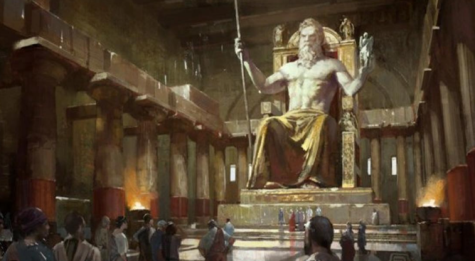
The Mausoleum at Halicarnassus
The Mausoleum at Halicarnassus was a grand tomb built for Mausolus, the ruler of Caria, in what is now modern-day Turkey. The tomb was built in the 4th century BC and was one of the largest tombs in the ancient world. It was decorated with elaborate sculptures and reliefs and was said to have been one of the most beautiful structures in the world. Although the tomb was destroyed by earthquakes in the 14th century AD, its legacy continues to inspire awe in those who hear of its splendor.
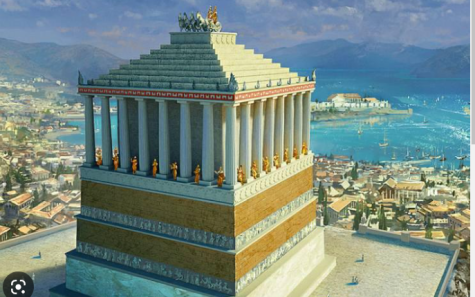
The Colossus of Rhodes
The Colossus of Rhodes was a giant statue of the Greek god Helios that stood on the island of Rhodes in Greece. The statue was over 30 meters tall and was one of the tallest statues in the ancient world. It was built to commemorate the Rhodians’ victory over the Macedonians in the 3rd century BC. Unfortunately, the statue was destroyed by an earthquake in the 3rd century AD, but its memory lives on in literature and art.
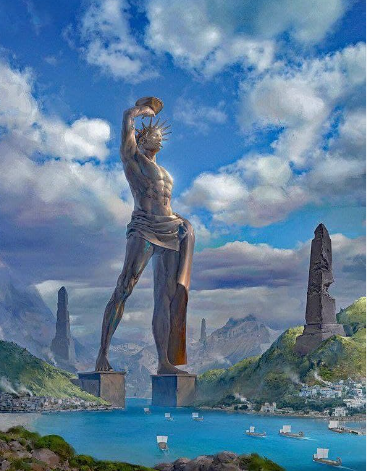
The Lighthouse at Alexandria
The Lighthouse at Alexandria was a grand lighthouse that stood on the island of Pharos in the harbor of Alexandria, Egypt. The lighthouse was over 100 meters tall and was one of the tallest structures in the ancient world. It was built in the 3rd century BC and was used to guide ships into the busy harbor of Alexandria. The lighthouse was one of the most famous landmarks in the ancient world and was visited by travelers from all over the Mediterranean. Unfortunately, the lighthouse was destroyed by earthquakes in the 14th century AD, but its legacy continues to inspire awe and wonder.
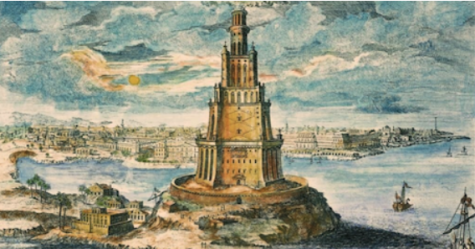
These seven wonders of the ancient world were selected by the ancient Greeks for their beauty, splendor, and magnificence. Each of these structures were a testament to the ingenuity and skill of the ancient architects, engineers, and artisans who built them. Although many of these structures have been lost to time, their legacy continues to inspire wonder and amazement in people around the world.








